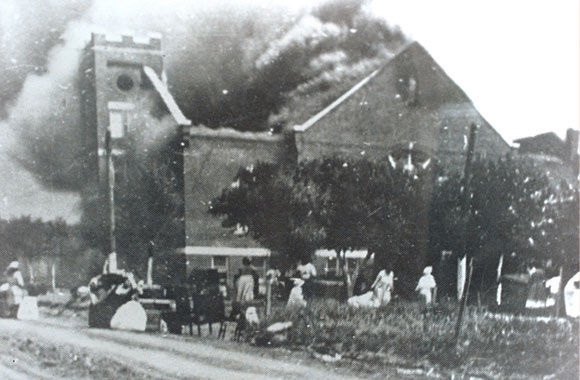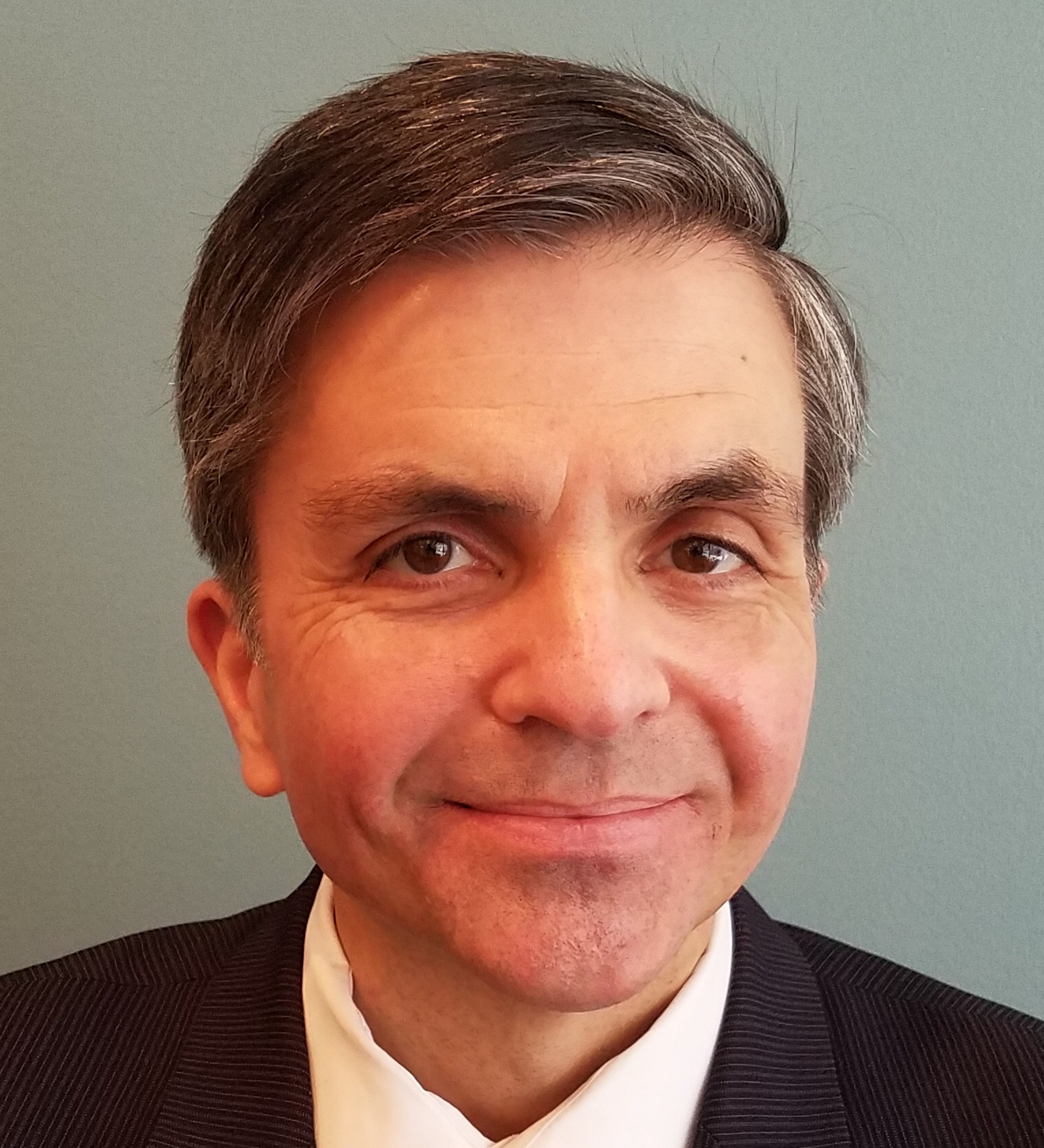In the Tulsa race massacre 100 years ago a white mob destroyed a black neighborhood and killed scores and perhaps hundreds of blacks. The white mob also burned 23 black churches. It all happened across one day. Nobody was ever arrested.
Can we imagine 23 churches torched in a major city today without arrests and without national indignation?
In 1921 America was supposedly a more Christian nation than today. But do Christian nations quietly accept the torching of two dozen churches in one day?
One hundred years ago overall church attendance and membership, which peaked in the 1950s, were not very different from today. But religious denominations were much stronger.
In some ways, America ethically is more Christian today than 100 years ago. Race massacres without punishment would not happen today. Segregation and discrimination are illegal. Racism is a chief and even obsessive taboo. Women have more legal equality. Employees have more rights against employers. Extreme poverty is much alleviated. Quality health care is more widely available. There are countless other ways that America is more decent according to Christian standards than 100 years ago.
Of course there are many ways America is less Christian. Cultural elites are more openly hostile to traditional religion (though there was plenty of hostility in the 1920s, if more carefully expressed). Educational institutions are far more divorced from the religious traditions from which they were birthed. There’s always sexual immorality, but today unconventional sexual behaviors are publicly touted. Abortion widely existed in the 1920s but was mostly underground.
The victims of the 1921 Tulsa race massacre, living in their “Christian” city so full of churches and outward piety in their Bible Belt state, likely didn’t feel America was very Christian as their houses, businesses and churches were torched, with the law not defending them and in some cases actively abetting the crimes against them. Smoke from burning churches filled the air. Such mass racial crimes in the 1920s were not wholly unusual. In 1923 a white mob destroyed the black town of Rosewood, Florida, killing dozens, and leveling two churches, among much else. Again, no legal repercussions.
In the 1920s “Christian” America hosted a resurgence of the Ku Klux Klan, with 4 million members, 30,000 of whom marched hooded and robed down Pennsylvania Avenue in 1925 before 150,000 spectators in the nation’s capital. The Klan revival, much of it in the Midwest, targeted blacks, Jews, Catholics and immigrants. Klansmen claimed they were protecting Protestant “Christian” America against usurpers. (My great grandfather’s uncle in small town Indiana was a 1920s Klansman and active Methodist leader who was buried with Klan rites.)
There was much that was ethically unchristian about 1920s America, including within the church. On the Sunday following Tulsa’s race massacre, southern Methodist Bishop Edwin Mouzon delivered a sermon in Tulsa. He was a mainstream religious leader of his day. He wrote a book denouncing “fundamentalism.” He condemned the Klan. He also, like many Protestant leaders, publicly opposed the presidential candidacy of Catholic and anti-Prohibition Al Smith in 1928.
In his sermon, Bishop Mouzon didn’t have much sympathy for the black Tulsans whose neighborhood was destroyed by a white mob abetted by police. He condemned white and black “agitators.” He affirmed “universal brotherhood” while denouncing “social equality” between the races. He affirmed segregation, saying “keep the white race white and the black race black.” He condemned the lawlessness and immorality of “Little Africa” in Tulsa, where he said black and white people cavorted together in ways rightly not permitted in white neighborhoods.
Bishop Mouzon said Christ redeemed blacks no less than whites, but because whites had been Christian longer historically, more should be expected of whites. “White men did not start the riot,” he said of Tulsa. “Negroes started it.” He claimed a “thousand armed negroes had the city at their mercy.” So “there was nothing left to do for white men but to stand for the defense of their homes.” He blamed the torching of the black neighborhood on “the lowest element of Tulsa’s population,” which disgraced city and state. He compared the atrocity to Belgium and Armenia during World War I. He chastised Tulsa for indifference to morals, its focus on mammon, and for neglect of wise politics.
At no point in his sermon did Mouzon express any specific sympathy for the victims of the murderous white mob or the mob’s destruction of nearly two dozen churches, a strange omission for a Christian bishop. Mouzon’s perspective was not very unusual for his time. His racial views were not among the worst for that time.
There are voices today who insist America is and has always been a cauldron of hatred, oppression and racial injustice. They insist America is intrinsically defined by atrocities like the Tulsa massacre. They advocate shame but offer no redemption. Others, with similar myopia, downplay America’s past sins while insisting America is more sinful now than ever before, possibly in irretrievable decline. Neither side appreciates or gives proper thanks for how America, by divine grace, has improved.
Every society that’s ever existed and does now exist is host to vast wickedness. If God were all judgment and no mercy, fallen humanity would have been eradicated long ago. Yet amid evil there is ongoing redemption. In His kindness, God has delivered America from many of its worst past captivities.
We should pray He will forgive our current transgressions and lead us toward a greater justice. All Americans are called to participate in ongoing national reformation, a project that will never end so long as we are a people. Tulsa’s horror of 100 years ago defines part but not all of America’s past. Social evils can be repented. And divine grace offers paths to righteousness and peace.






Comment by David on June 2, 2021 at 10:52 am
As mentioned, the 1920s were a high point in racial discord in the US. Ocean Grove, NJ, was a Methodist camp meeting town established in 1869. Unlike similar places, there was never racially segregated seating at its events. Amanda Smith, a prominent “Negro evangelist,” regularly appeared in the Great Auditorium there along with various Black musical performers and conventions of the African Methodist Church with White spectators forming the majority. Things in Ocean Grove would change when Bishop Joseph F. Berry of Philadelphia became the president of the Camp Meeting. He told the New Jersey Conference that “every Methodist preacher has as much right to belong to the Ku Klux Klan as to Masons or Odd Fellows if he thinks it is a proper thing to do.” The Klan was given permission to have a single meeting at the Great Auditorium in 1924 and 1925, but without robes. The robed visitation of the Klan to churches was a common annual event elsewhere.
Comment by Kent Ingram on June 3, 2021 at 2:54 pm
An interesting note to all of this is that Bishop Mouzon’s namesake, Mouzon Biggs, Jr, pastor at Boston Avenue United Methodist Church in Tulsa for 33 years, was a champion for Jewish, Muslim, Christian trialogue and hosted the Martin Luther King Jr. event at his church for many years. I am deeply grateful for his visionary and faithful leadership in pulling the Methodist movement farther along its trajectory of inclusiveness.
Comment by Rebecca on June 4, 2021 at 6:22 pm
I think a lot is left out in articles about the “Tulsa Race Riot” as it used to be called. This article does mention “A thousand armed Negroes had the city at their mercy.” And, mentions churches being burned, which Christians wouldn’t do. There was certainly a lot of crime in Tulsa during that period, and that no doubt contributed to incident. I think the 1619 Project, and now the “Tulsa Massacre,” is all about forgetting 1620, which was to be celebrated last year, and was not due to the COVID… Wearing masks in public was outlawed thanks to the KKK and riots in the 1920s, how’s that going today?